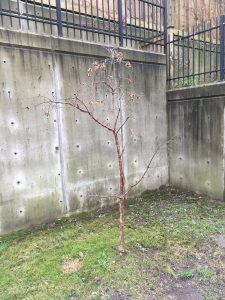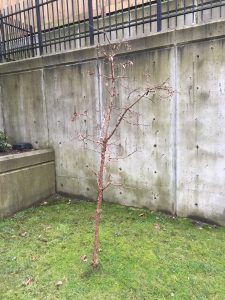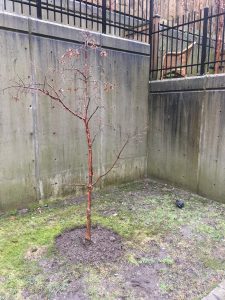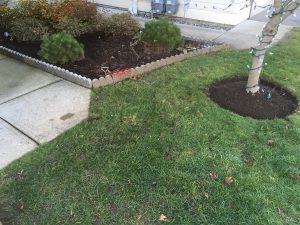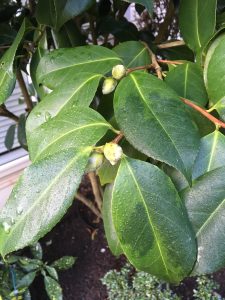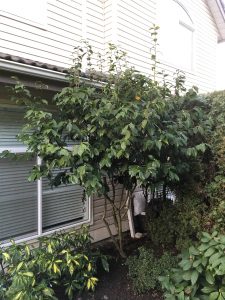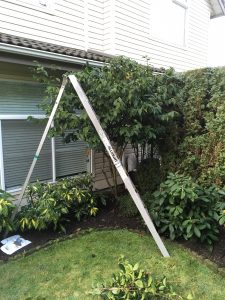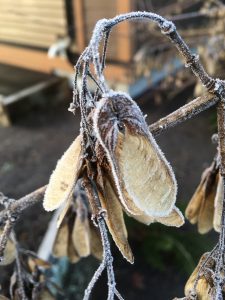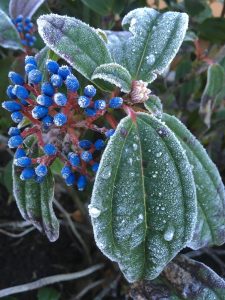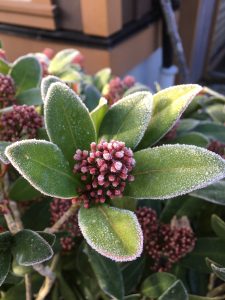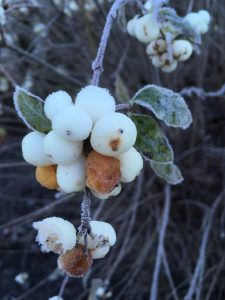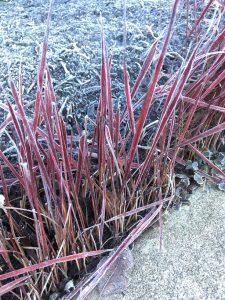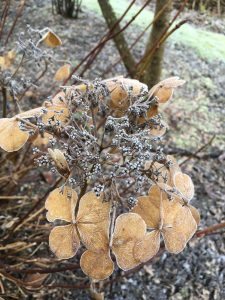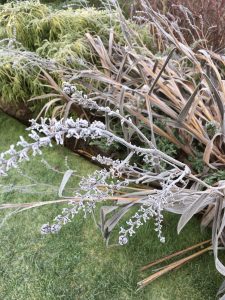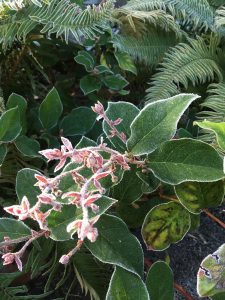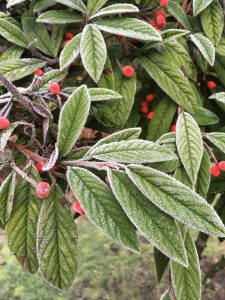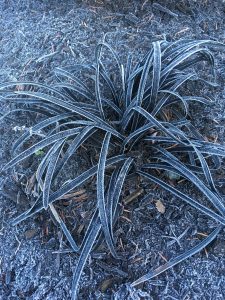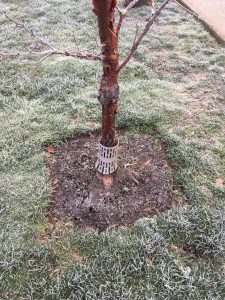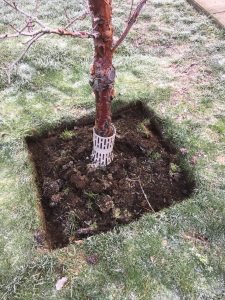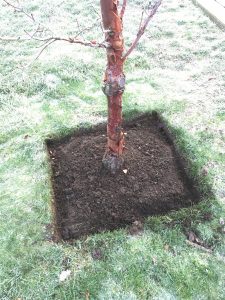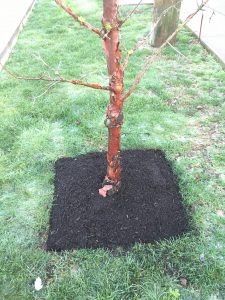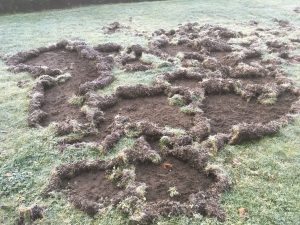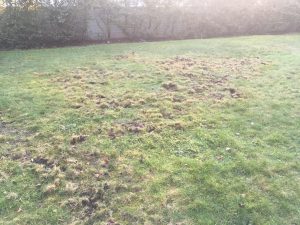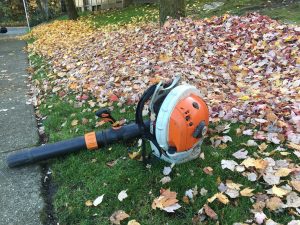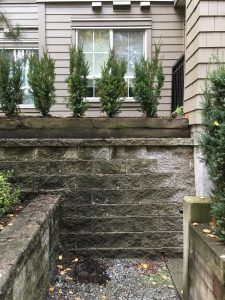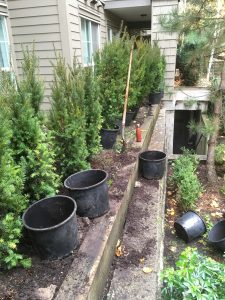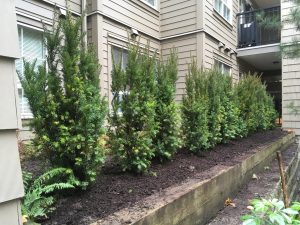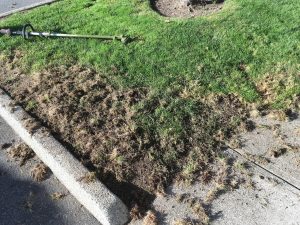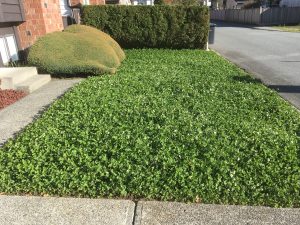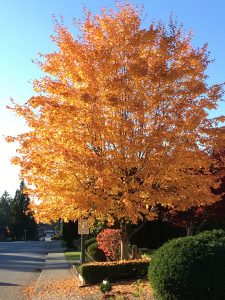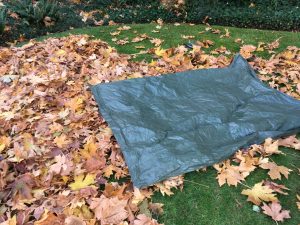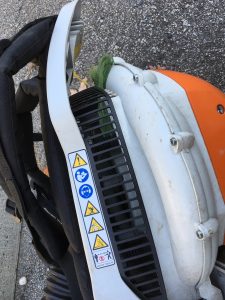I got to see a number of our sites before Christmas because the regular foremen were on vacation. It’s always nice to get a fresh pair of eyes on site, especially before the holidays. Everything must look perfect for the holidays.
One site in White Rock stood out because of its many paperbark maple trees (Acer griseum). They look awesome thanks to their peeling cinnamon coloured bark. So I was stunned when one of my helpers started rubbing off the peeling bark as if the tree was diseased. He clearly preferred a smooth bark look but I doubt the tree appreciated the assault. I told him to stop.
Every paperbark maple on site looked great until I turned the corner into a dead end surrounded by cement walls on three sides. Here we had two specimens of the same maple species and they were clearly struggling. Why?
A) Lack of light. Trees require sunlight for food production and the setting here is horrific. Since there are cement walls on three sides, this is a shady corner. It’s not a great place for these maples to thrive. And the same goes for the grass. It, too, could benefit from more light.
B) Competition. We already know that young trees planted into turf struggle with competition for resources. And they often lose. If you must plant trees into turf areas then establishing tree wells around them to help them. The tree wells channel water and nutrients into the root zone and they keep machines away.
C) Conflicts with machines. If you zoom in, you will notice bark damage at ground level. I say it’s line edger damage. The kind of damage that could be prevented with plastic tree guards or by establishing a tree well around the tree.
Repeated hits can kill the tree. Here it looks like the trees are using precious resources for repair and stress mitigation instead of growth. Thus the struggling look exhibited by these two specimens.
One other possibility is digging up the trees and moving them to a sunnier location away from lawns. The cement walls could be covered by climbing hydrangeas which are already planted on this site.


